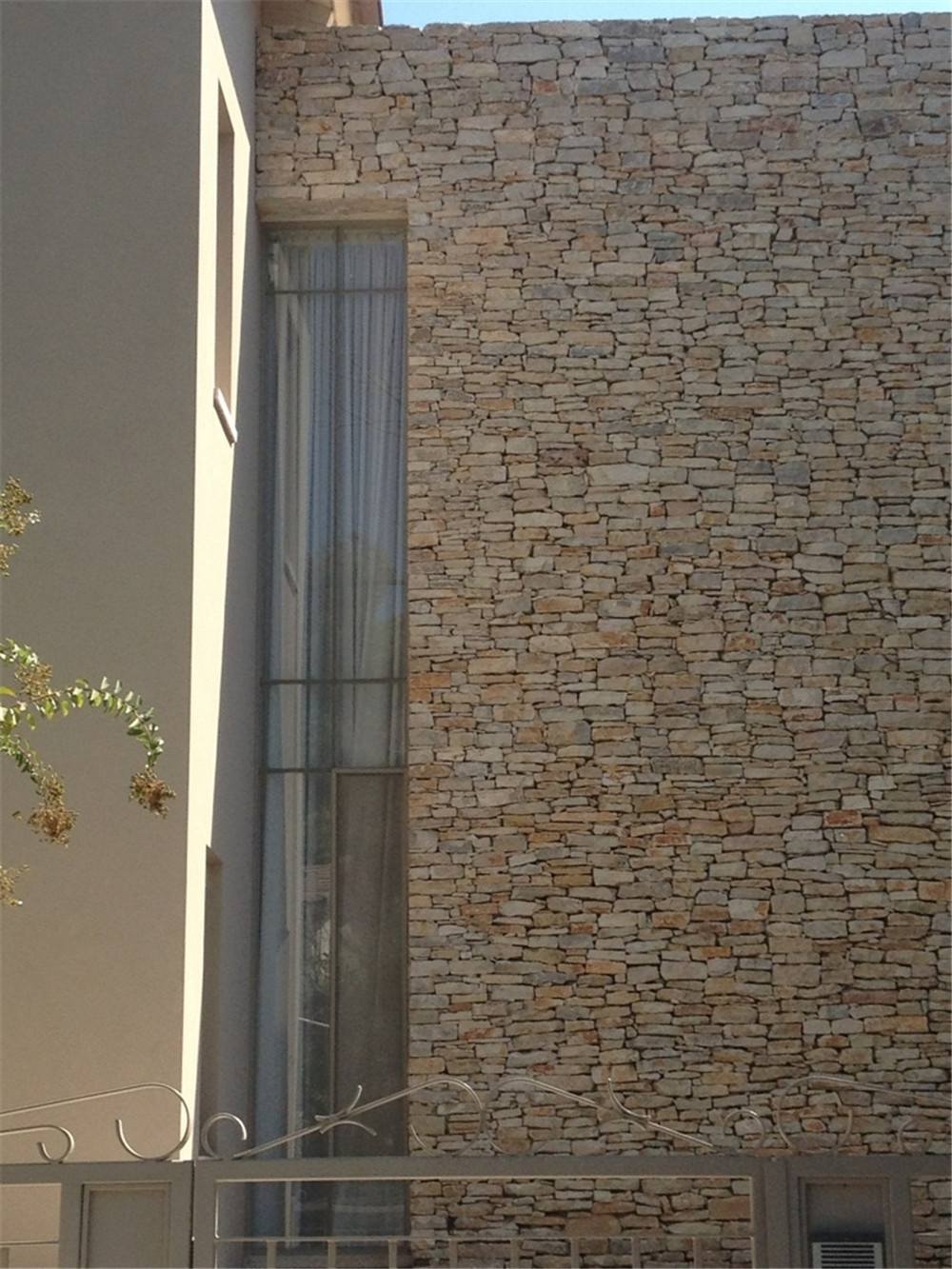Introduction:
When it comes to enhancing the aesthetic appeal of a building or home, one material stands out for its beauty, durability, and versatility - thin veneer cultured stone. This innovative building material has gained popularity in recent years due to its ability to mimic the look of natural stone while offering numerous advantages in terms of cost, installation, and maintenance. In this comprehensive guide, we will explore the world of thin veneer cultured stone, its history, manufacturing process, applications, benefits, and how it can be incorporated into various architectural designs.
History of Thin Veneer Cultured Stone:
The concept of using cultured stone to replicate the look of natural stone dates back several decades. In the mid-20th century, manufacturers began experimenting with different materials and techniques to create a lightweight alternative to traditional stone veneer. The result was the development of thin veneer cultured stone, which combines cement, aggregates, and pigments to achieve a realistic stone-like appearance.
Manufacturing Process:
The manufacturing process of thin veneer cultured stone involves several steps to ensure a high-quality product that closely resembles natural stone. First, a mold is created using a real stone as a template, capturing its texture and shape. Next, a mixture of cement, aggregates, and pigments is poured into the mold and allowed to cure. Once the stone has hardened, it is removed from the mold and undergoes a finishing process to enhance its appearance and durability.
Applications of Thin Veneer Cultured Stone:
Thin veneer cultured stone can be used in a wide range of applications, both interior and exterior, to add a touch of elegance and sophistication to any space. Some common applications include:
1. Exterior Facades: Thin veneer cultured stone is often used to enhance the exterior facades of buildings, creating a timeless and luxurious look. It can be installed on the exterior walls, pillars, entryways, and other architectural elements to add texture and visual interest.
2. Interior Walls: Thin veneer cultured stone can also be used indoors to create accent walls, fireplace surrounds, and feature walls. Its natural appearance and texture make it a popular choice for adding warmth and character to living spaces, kitchens, and bathrooms.
3. Landscaping: Thin veneer cultured stone can be used in landscaping projects to create retaining walls, garden borders, and decorative elements such as water features and outdoor fireplaces. Its durability and weather resistance make it an ideal choice for outdoor applications.
Benefits of Thin Veneer Cultured Stone:
There are numerous benefits to using thin veneer cultured stone in construction and design projects. Some of the key advantages include:
1. Cost-Effective: Thin veneer cultured stone is more affordable than natural stone, making it a cost-effective alternative for homeowners and builders looking to achieve the look of stone on a budget.
2. Lightweight: Thin veneer cultured stone is significantly lighter than natural stone, which makes it easier to handle and install. This can lead to savings on labor costs and reduce the need for structural modifications.
3. Versatility: Thin veneer cultured stone comes in a wide range of colors, shapes, and textures, allowing for endless design possibilities. Whether you prefer a rustic, traditional, or modern look, there is a cultured stone option to suit your style.
4. Low Maintenance: Unlike natural stone, thin veneer cultured stone requires minimal maintenance to keep its appearance looking pristine. Regular cleaning with water and a mild detergent is typically all that is needed to keep cultured stone surfaces looking their best.
Incorporating Thin Veneer Cultured Stone into Architectural Designs:
Architects and designers have embraced thin veneer cultured stone for its versatility and aesthetic appeal, incorporating it into a variety of architectural styles and projects. Whether used as a focal point or as a subtle accent, cultured stone can elevate the overall design of a space and create a lasting impression. Some creative ways to incorporate thin veneer cultured stone into architectural designs include:
1. Feature Walls: Create a dramatic focal point by installing thin veneer cultured stone on a feature wall in a living room, dining room, or entryway. The natural texture and color variations of the stone will add depth and visual interest to the space.

2. Fireplace Surrounds: Transform an ordinary fireplace into a stunning centerpiece by cladding the surround with thin veneer cultured stone. The warmth and texture of the stone will create a cozy atmosphere and make the fireplace a focal point in the room.
3. Exterior Accents: Use thin veneer cultured stone to accentuate architectural features such as columns, arches, and entryways on the exterior of a building. The addition of stone detailing will enhance the curb appeal of the property and create a lasting impression on visitors.
Conclusion:
Thin veneer cultured stone offers a perfect blend of beauty, durability, and versatility, making it an ideal choice for a wide range of architectural designs. Whether used to enhance the exterior facade of a building, create a cozy fireplace surround, or add texture to an interior accent wall, cultured stone can elevate the aesthetic appeal of any space. With its cost-effective price point, lightweight properties, and low maintenance requirements, thin veneer cultured stone is a practical and stylish alternative to natural stone. Consider incorporating thin veneer cultured stone into your next architectural project to create a timeless and elegant look that will stand the test of time.
